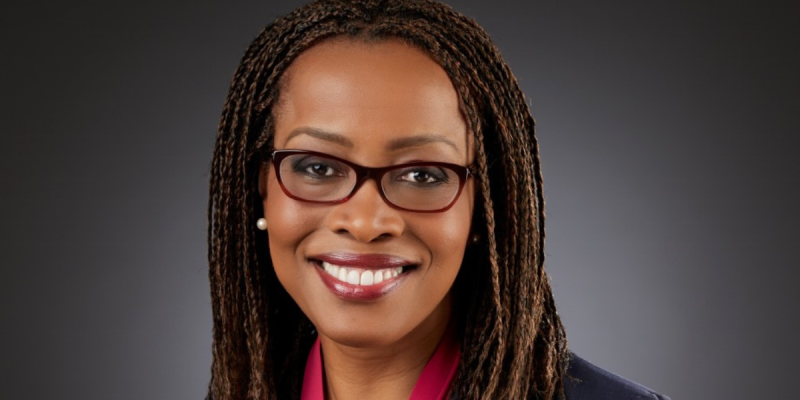FRANKFURT, Germany (AP) — The European Central Bank chugged ahead with another outsized interest rate hike Thursday and vowed more will follow, underlining its drive to subdue inflation even as the economy slows and the U.S. Federal Reserve eases its pace of increases.
The Frankfurt-based bank raised its key benchmarks by half a percentage point and said it intends to make a similar move in March. Policymakers are moving aggressively to choke off price spikes that have slowed from record highs but are still hurting households in the 20 countries that use the euro currency.
The bank, which also hiked by a half-point in December, “will stay the course in raising interest rates significantly at a steady pace,” ECB President Christine Lagarde said at a news conference.
“Now you will say, ‘Well, yes, but what about after March? Does that mean that you have reached the pinnacle or the peak?’ she later added. “No, no, no, no. We know that we have ground to cover. We know that we are not done.”
The Bank of England also went big Thursday with a half-point hike, but the Fed pulled back a day earlier, slowing to a quarter-point hike as central banks around the world reassess their approach to tackling price spikes that have started to slow.
The ECB sent a “relatively determined message” with the “unusual” preannouncement of the March increase, said Nick Bennenbroek, international economist at Wells Fargo Economics. He expects the March hike would be followed by a quarter-point bump in May that would mark the peak for ECB rates.
Central banks can hold back economic growth if they go too far. With the ECB moving quickly, Lagarde acknowledged that “economic activity has slowed markedly” since the middle of last year and it’s expected to stay weak as demand slows worldwide and Russia’s war in Ukraine raises uncertainty.
The eurozone’s economy grew just 0.1% in the last three months of 2022.
But Lagarde was optimistic overall, pointing to easing supply chain backups and Europe’s natural gas supply becoming more secure after Russia cut off most flows to the continent.
“The economy has proved more resilient than expected and should recover over the coming quarters,” she said.
The ECB’s bigger moves compared to the Fed partly reflect a later start in rate hikes — it began in July, four months after the U.S. central bank made its first increase — and from lower levels. That means more ground to make up.
ECB officials may have sought to underline their resolve after “many market participants did not entirely believe the bank’s determined stance,” said Michael Holstein, chief economist at DZ Bank.
Some market rates indicated traders were betting the ECB would reverse course later this year and next because of slumping growth. The bank appeared to warn against that by saying it would keep rates “restrictive over time” to contain inflation.
Higher interest rates makes it more expensive for consumers to borrow for purchases like homes and cars and for companies to fund expansions. That is designed to cool demand for goods that push up consumer prices, which increased 8.5% in the eurozone last month from a year earlier.
While still high, the annual rate has dropped three months in a row after reaching a record of 10.6% in October.
High energy prices tied to the war in Ukraine have driven up utility bills for households and businesses, which have passed on those extra costs to shoppers and diners. That’s been the major driver of European inflation, which is well above the ECB’s target of 2% considered best for the economy.
Workers across continental Europe and in the United Kingdom have been holding strikes and protests to demand that their pay keep pace with the soaring cost of living.
European governments have passed billions in relief to shield people from high natural gas prices, which have fallen from records last summer as Europe found suppliers outside Russia and warmer-than-expected winter weather curbed fears of shortages and rationing. But prices are still three times higher than when Russia massed troops on the border with Ukraine.
“It is important to now start rolling these measures back promptly in line with the fall in energy prices and in a concerted manner,” Lagarde said.
While interest rate hikes are the usual cure for inflation, they also mean people are facing sharply higher mortgage rates to buy homes and banks that are becoming more restrictive with loans.
ECB officials say decisive action now will prevent inflation from becoming ingrained in wages, prices and people’s expectations and force more drastic action later. Bank officials say economic growth should recover more strongly later in the year, expecting a 0.5% increase in output — still less than 3.5% in 2022.
The ECB’s benchmark for lending now stands at 3%, and the rate on deposits left overnight by commercial banks is 2.5%.






















